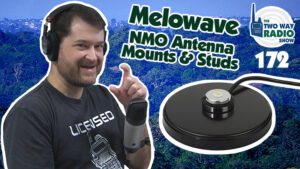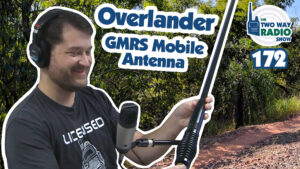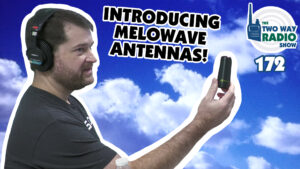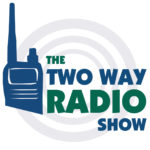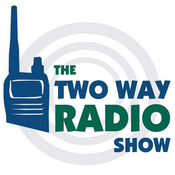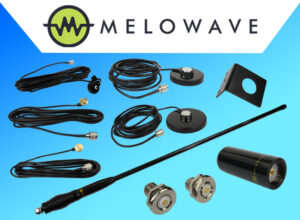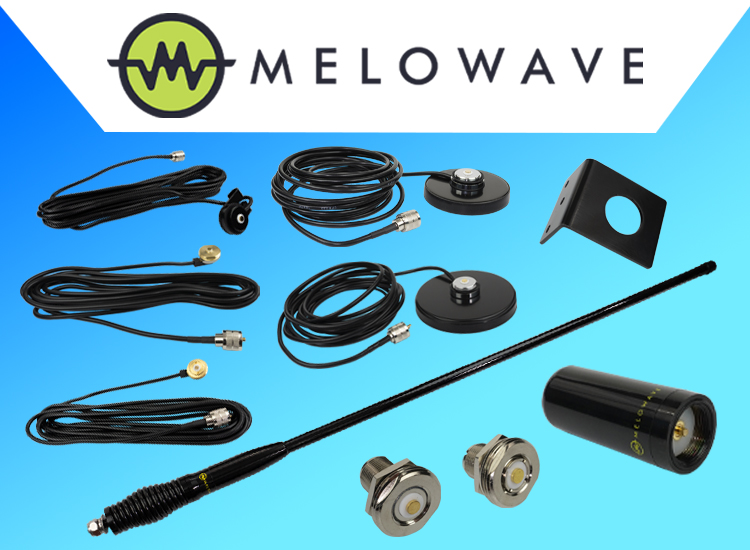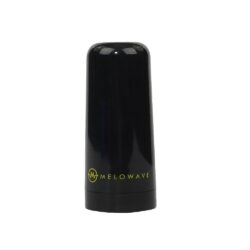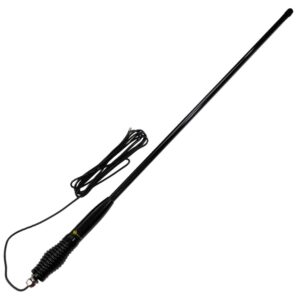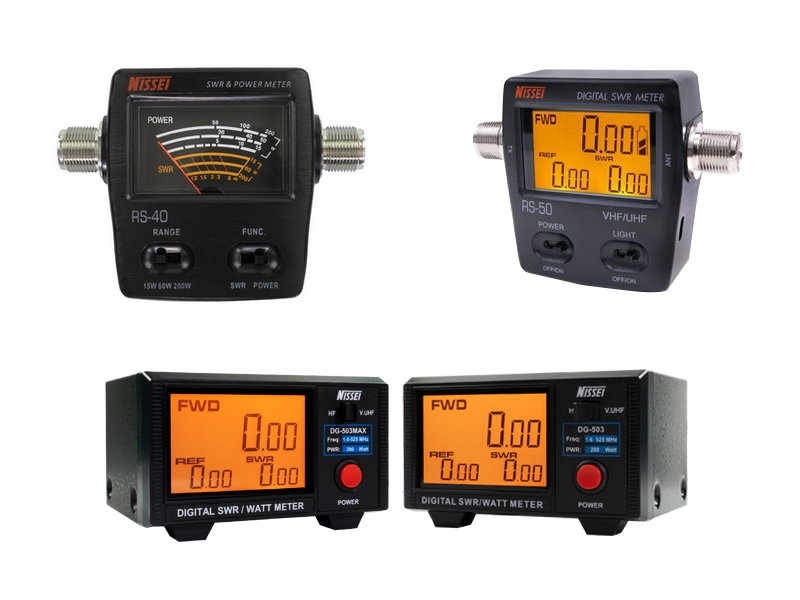 During the past couple of years we've introduced a line of Frequency counters, field strength meters and other test equipment to our site at the request of our customers. However, given the high demand for these products, keeping them in stock and readily available have been somewhat of a challenge. To keep up with the market, we've been working to expand the number and types of these products that we carry. This is why Buy Two Way Radios is now an authorized Nissei dealer!
During the past couple of years we've introduced a line of Frequency counters, field strength meters and other test equipment to our site at the request of our customers. However, given the high demand for these products, keeping them in stock and readily available have been somewhat of a challenge. To keep up with the market, we've been working to expand the number and types of these products that we carry. This is why Buy Two Way Radios is now an authorized Nissei dealer!
Based in Taiwan, Nissei is a manufacturer of test equipment for both professional bench techs and radio hobbyists. Their product line includes SWR and power meters, as well as and other products used for equipment testing and calibration.
We currently carry four specific Nissei SWR and power meters on our site. Two are designed to be used with analog two way radios only and two for both analog and digital radios.
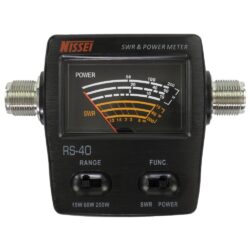 Nissei RS-40 SWR and Power Meter
Nissei RS-40 SWR and Power Meter
The RS-40 is a power and S.W.R. meter designed specifically for analog two way radios. It has a maximum measurable power range of up to 200W. The RS-40 has UHF Female (SO-239) in and out connectors and is small enough to in the palm of your hand.
The RSW-40 Can check your antenna SWR and radio RF wattage and read out directly to its analog style meter without any calibration. Because of its low insertion loss it to be connected permanently to your antenna and rig so you can monitor it constantly.
Easy to install BTWR Price: $58.99
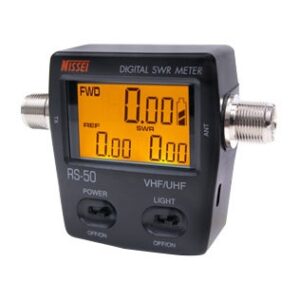 Nissei RS-50 Digital SWR and Power Meter (125-525 MHz, 120 Watts)
Nissei RS-50 Digital SWR and Power Meter (125-525 MHz, 120 Watts)
Similar in construction and operation to the RS-40, the RS-50 is an SWR and power meter with a digital readout instead of a standard analog meter. It is designed for two way radios with a maximum measurable power range of up to 120W. Like the RS-40, it also has UHF Female (SO-239) in and out connectors. measures forward and reflected power on a digital readout without any calibration.
The RS-50 features forward, reversed and VSWR ratio in one push button. It has an LED backlit display that is easy on the eyes and reasy to read. This meter requires a power source and it offers several options, either internally usind “AAA” batteries or a rechargeable battery. It has a micro USB port for external power however the USB to AC wall adapter is not included. It does, however, have a very simplistic, yet effective set of controls for easy operation. BTWR Price: $107.99
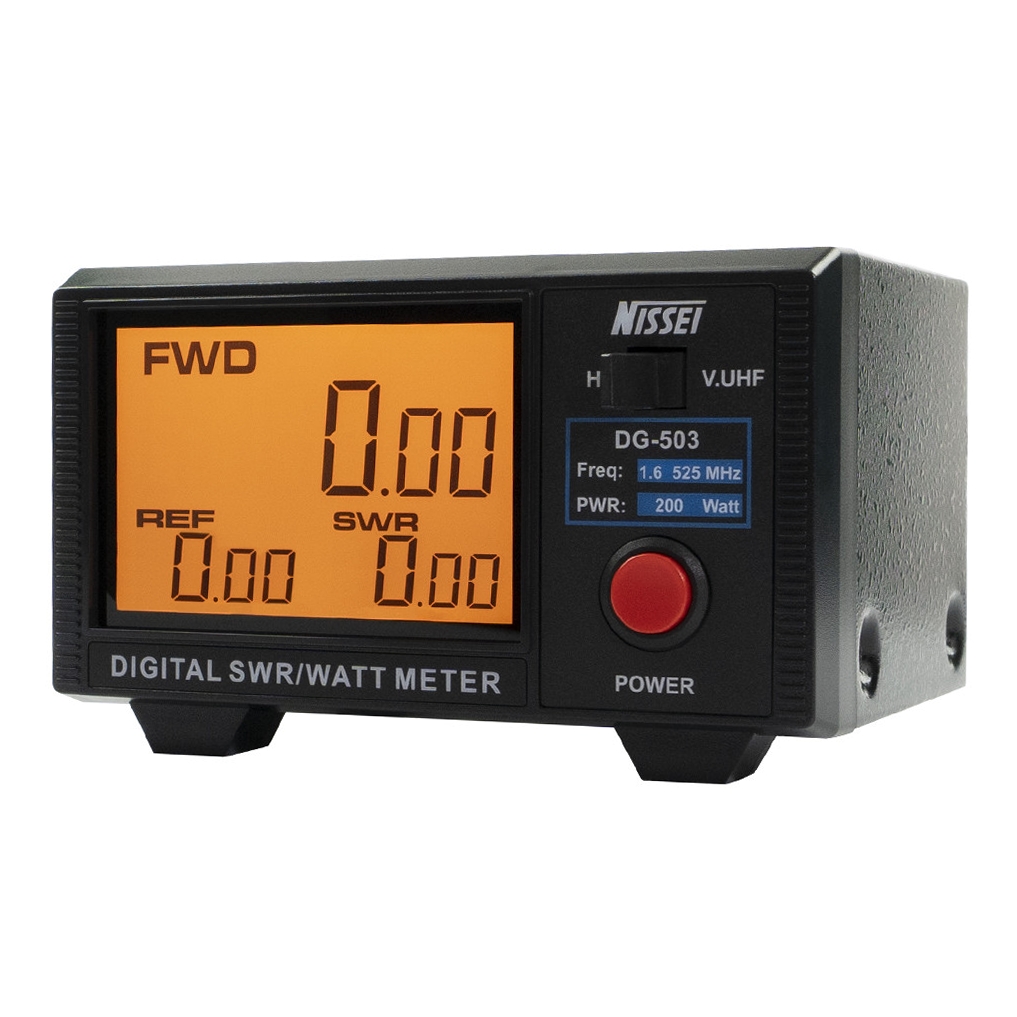 Nissei DG-503 Digital SWR and Power Meter for Analog and Digital Radios
Nissei DG-503 Digital SWR and Power Meter for Analog and Digital Radios
The DG-503 is the next tier of these power and SWR meters, and offer some of the same functionality as the lower tier models, but with some significant enhancements. For starters, it supports a broader range of bands and frequencies. Unlike the SR-40 and SR-50, which are UHF and VHF meters, the DG-502 covers HF frequencies as well, with a frequency range of 1.6-60 MHz and 125-525 MHz.
Second, it is supports both analog and digital radios, with measurement including CW, FM, FDMA. According to Nissei, it has an average accuracy of plus or minus 5%. Keep in mind that the digital radios supported use FDMA, which means NXDN, not DMR.
The DG-503 is also quite easy to read and operate. It has a very large 3.5″ LCD backlit display and simple control panel for easy operation. This tester operates on a 12V DC Wire. It's made for use on the bench or desktop. BTWR Price: $149.99
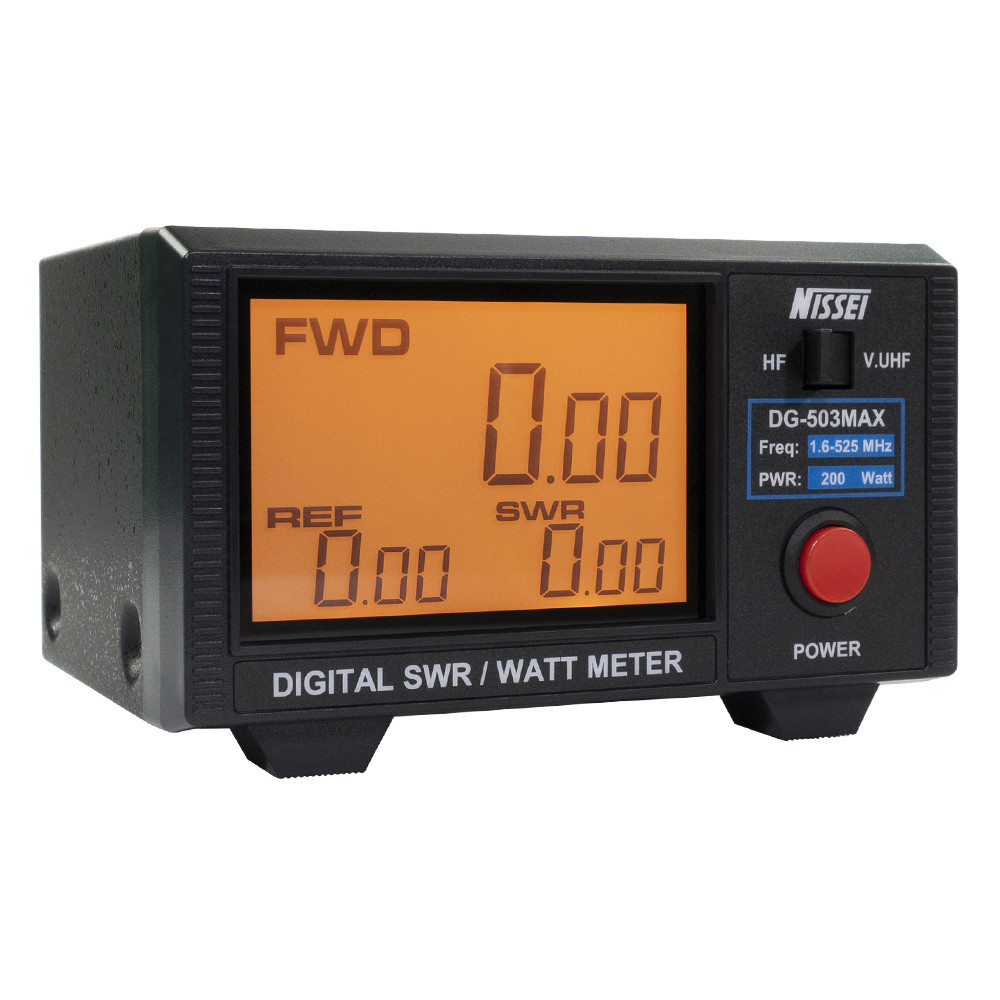 Nissei DG-503MAX Digital SWR and Power Meter for Analog and Digital Radios
Nissei DG-503MAX Digital SWR and Power Meter for Analog and Digital Radios
The DG-503MAX Is essentially the same model as the DG-503G, with all of the same basic features and functionality, including support for both analog and digital radios, 1.6-60 MHz / 125-525 MHz frequency range and power options. The difference is in type of digital radios it supports. While the DG-503G can measure radios using TDMA, the MAX and read DMR (TDMA), AM, SSB.
If you use analog and DMR radios. the DG503MAX is what you need. The package includes a 12VDC wire and an English language instruction manual. BTWR Price: $189.99





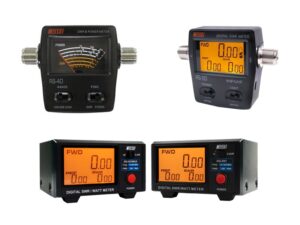
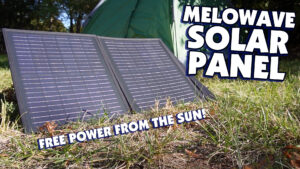
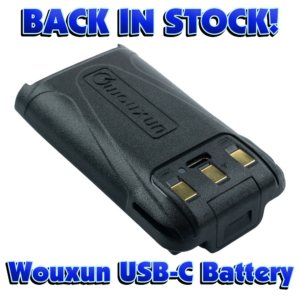
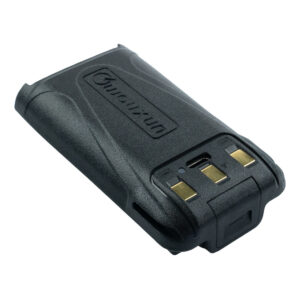
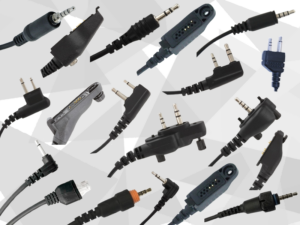
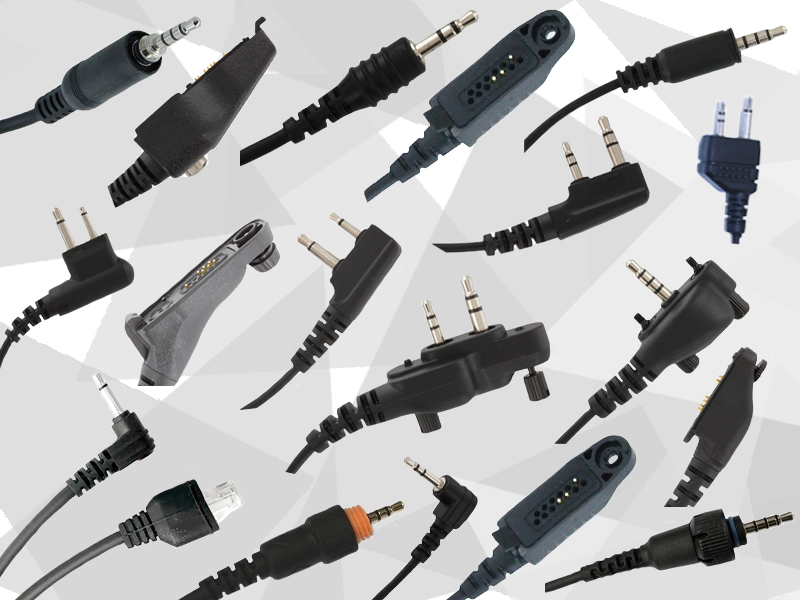
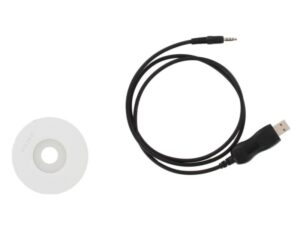
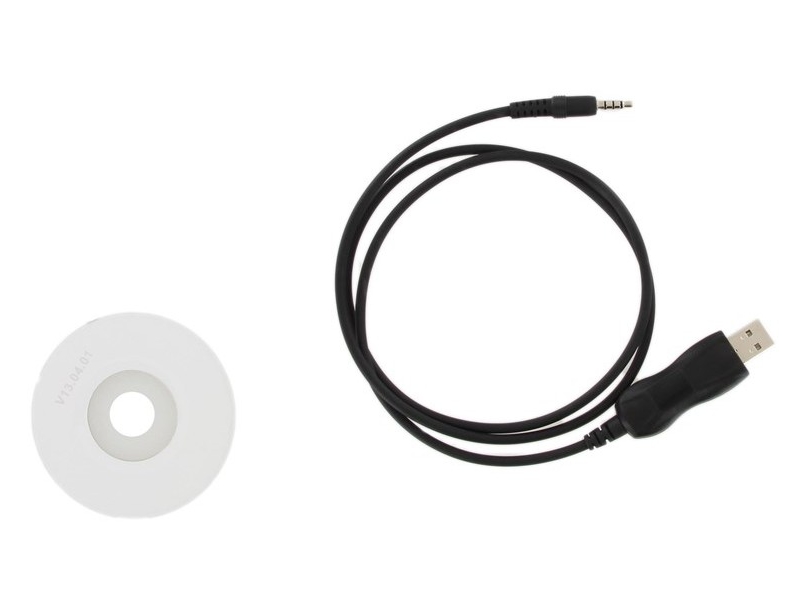 Programming your
Programming your 